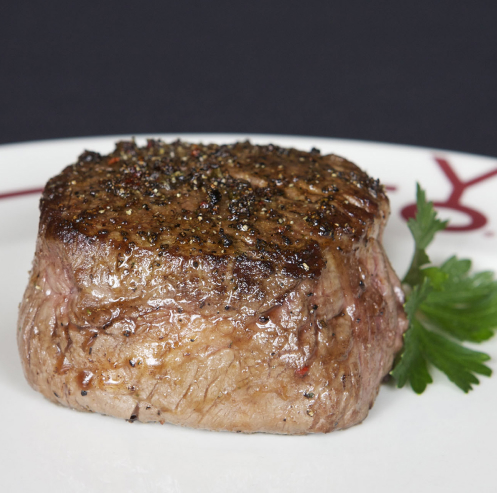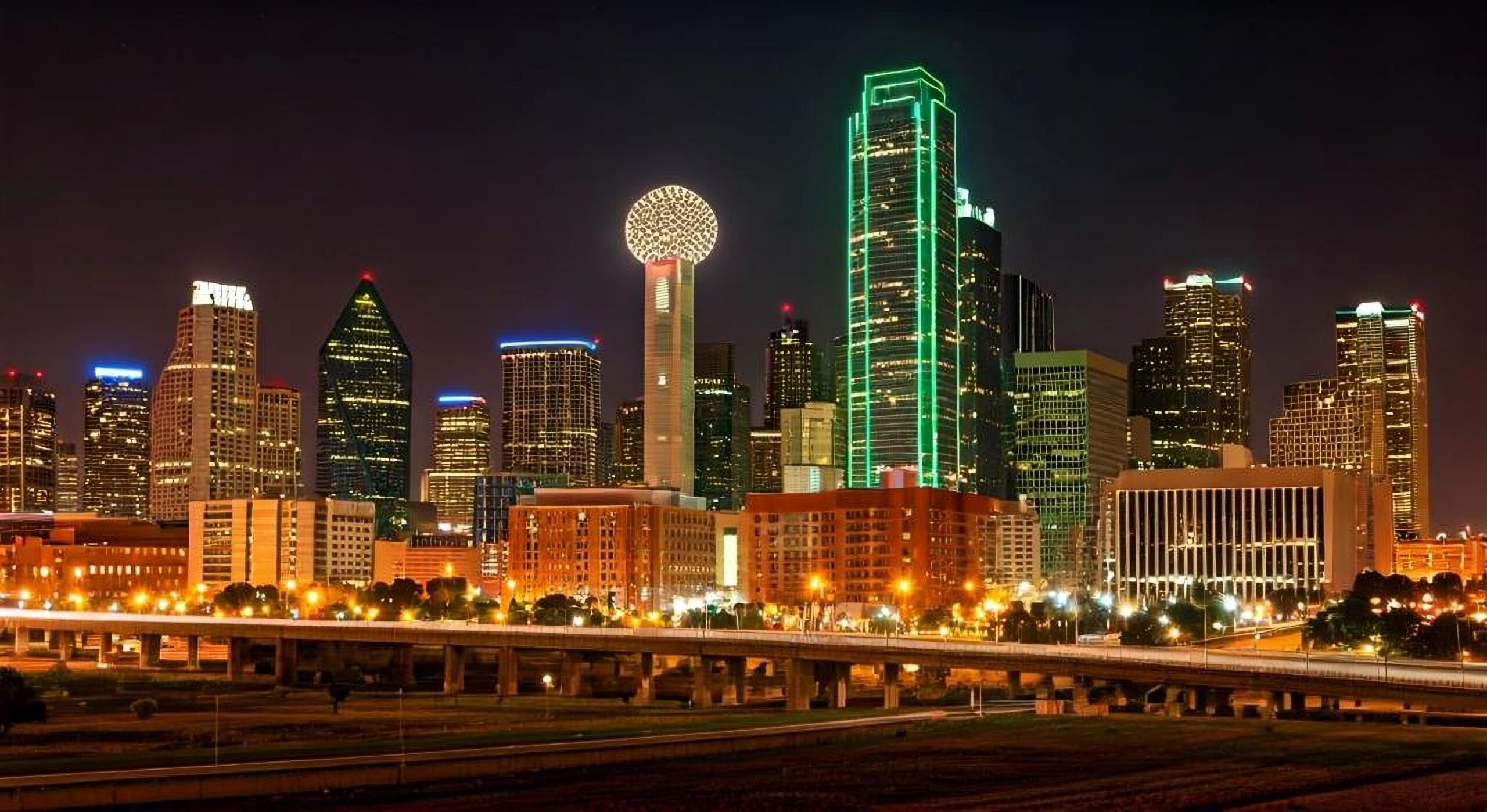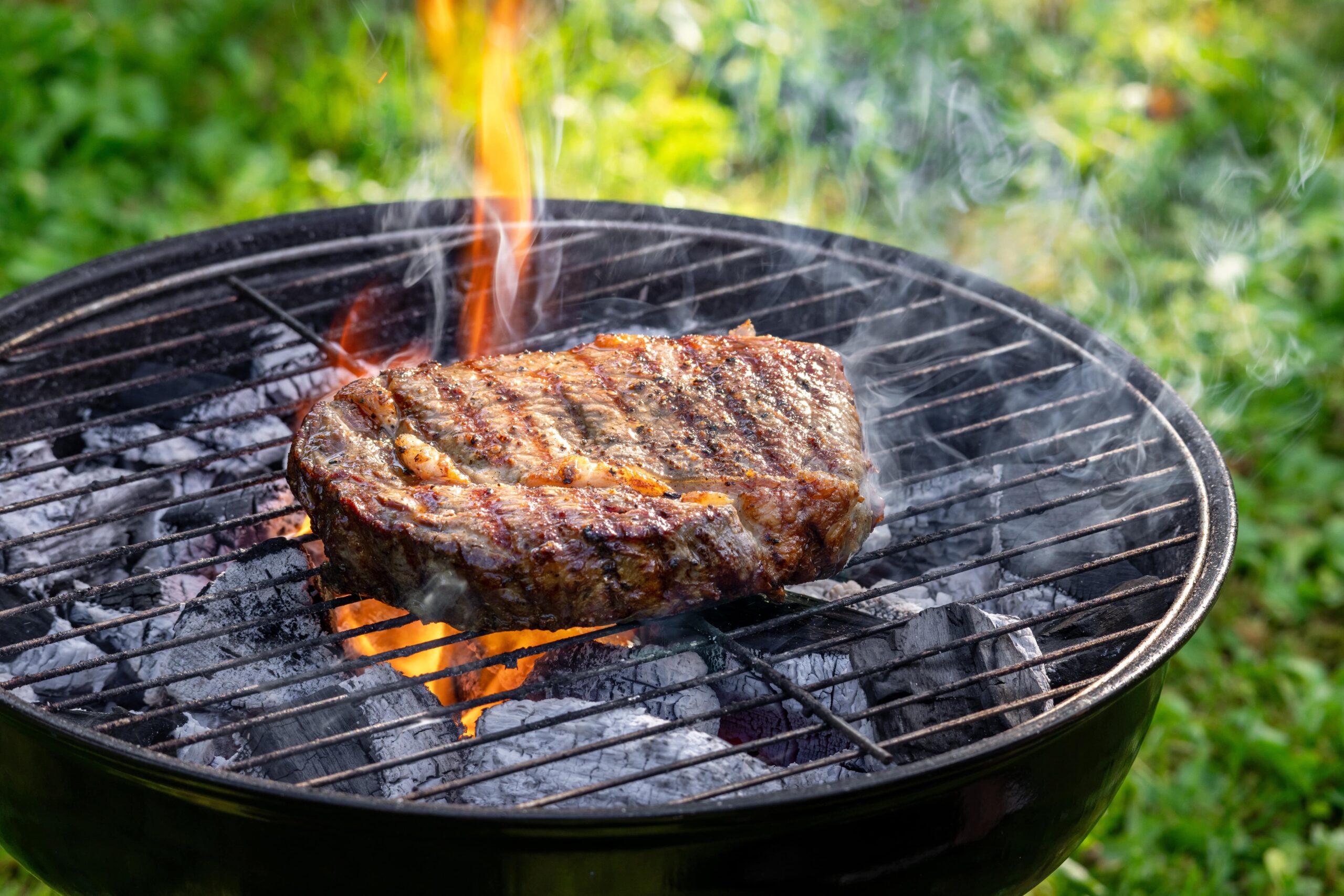As you survey the shelves at the meat department at your local grocery store, you’ll see quite a few different cuts of meat. Each of these cuts offers a unique flavor, texture, and appearance. In addition, some cuts of meat are best when fashioned into a simple hamburger, while other cuts would best find their way to the table of a steak restaurant in Dallas.
Read on to learn more about the cuts of meat you’ll routinely see at your grocer, as well as how those cuts work their way into dinners at your favorite steakhouse restaurant.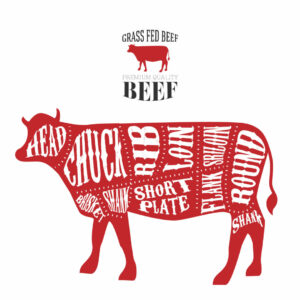
Brisket
The brisket comes from the cow’s breast area, and it’s one of the most popular cuts when it’s slowly smoked or braised. Cooking a brisket for several hours usually results in one of the tastiest meals.
One of the reasons cooking a brisket slowly is important is because it doesn’t start out as a particularly tender cut.
Chuck
You’ll often find this cut in ground beef, and the meat comes from the front of the animal. The threading of connective tissues throughout this cut enhances the flavor and makes chuck one of the stronger cuts of meat.
Sometimes chuck ends up on the grill or in a braised dish, but you’ll most often see chuck in your favorite cheeseburger.
Flank
The toughness or tenderness of a cut of meat is guided by how much an animal uses its muscles in that area. The flank cut comes from the belly of the cow, and this oft-used area makes this cut rather tough, so you’ll usually see this cut marinated or braised.
Plate
You’ll find the plate around the front of the cow below the ribs. As a cut with a hearty amount of fat, a plate cut often finds its way to the grill. Skirt steaks and hanger steaks come from plate cuts, and this prized area offers some of the tastiest meals at a steak restaurant in Dallas.
Rib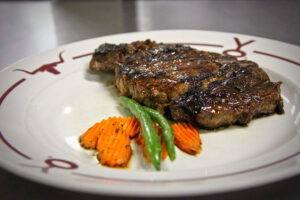
When you order a steak, it’s probably a rib cut. With a rib cut, your Dallas steakhouse will offer delicious prime rib and short ribs with incredible juiciness and mouth-watering flavor.
Often, a chef will need to prep a rib cut with some time spent in a gourmet sauce. Rib cuts also prove delicious when put on the barbecue.
Round
As a cut with less fat than other areas, the round steak or roast won’t have that classic marbling that you’d see in steaks made for grilling. Often used in braised dishes, the round cut is a popular, lean cut of beef.
Shank
The shank cut comes from the animal’s leg, and it’s a tough yet flavorful type of beef. It’s not the most common cut available from a downtown Dallas steakhouse, and it often tastes delicious in a stew or soup because of its hearty flavor.
Short Loin
When you order a porterhouse or t-bone steak from Y.O. Ranch Steakhouse, there’s a good chance your meal is a short loin cut. Short loin cuts come from the midsection of the steer between the ribs and sirloin cut.
The prized nature of this cut means it’s one of the more pricey types of beef you can order, but there’s nothing like a tenderloin steak where the juices have been given some time to work their way into the cut.
Sirloin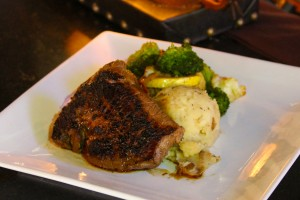
As one of the most versatile areas of the animal, the lower ribs provide sirloin cuts. Sirloin tends to require a little more attention than other cuts because the lack of bones means you can accidentally dry out the steak.
A popular method of cooking sirloin is with slow cooking, but they’re also terrific on a grill and the finished result is that classic look with the crisscrossed grill marks. Imagine a delicious sirloin steak alongside some fluffy mashed potatoes and sautéed spinach.

